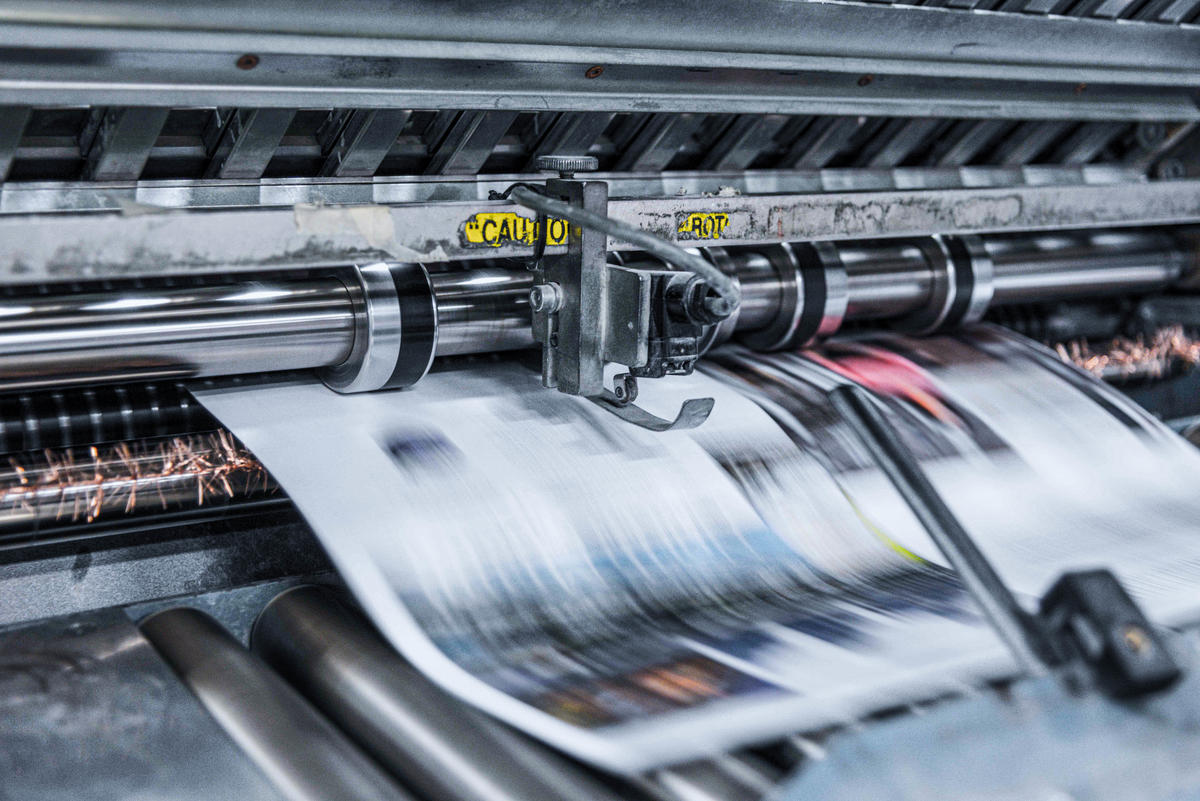A version of this post appeared on Edelman.it
For many years now, Edelman’s office in Italy has partnered with the International Journalism Festival in Perugia, the largest annual media event in Europe. The 2019 edition of the festival, which took place in April, offered a wide-ranging spectrum of topics and prompted discussion about pressing issues, including voice journalism, gender equality, artificial intelligence and changes in leadership and business.
Academics and journalists alike reunited in the historic Umbrian capital to discuss news, concerns and trends shaping the future of journalism. Here are a few takeaways from this year’s festival:
- One of the biggest debates in journalism revolves around Artificial Intelligence (AI). AI is becoming a vital tool in media newsrooms, and while the technology is helpful in extracting data quickly and experimenting with story formats, there are growing concerns around its ability to decode authenticity. Technological progress nevertheless is now pivotal for any newsroom, and AI has proven to be effective in data gathering, trend spotting and testing dynamic story formats like social media posts, blogs, charts and video journalism.
- Data and editorial teams are learning to coexist. Lead editors and newsroom executives are now bringing together technical and editorial teams, who are traditionally kept apart from one another, to co-create content. LinkedIn Senior Editor-at-Large Isabel Roughol shared that editors, software engineers, data scientists and others all share metrics and work out of the same office to create informative and trustworthy content. The new (and welcomed) buzzword is “integrated” newsrooms.
- Platforms are now publishers, and they control the “news faucet.” Platforms like Google and Apple not only host and curate news stories, but also have full editorial teams to create and report news stories as a source. For example, the Google News Initiative, a $300 million effort, partners with 350 organizations in 70 countries to create, organize and distribute trustworthy and quality journalism around the world. Apple recently launched Apple News Plus, a subscription service that provides access to top-tier media outlets and stories hand-picked by Apple editors.
- Voice technology is now a search function. Devices like Alexa, Google Assistant and Siri are now being used for news and media research, particularly by millennials and Gen Z-ers, and news outlets are having to evolve to meet this new format. Outlets like The Guardian and Financial Times are testing short audio press reviews and interactive content, such as voice-activated city tours.
- Media organizations are advancing gender equality. Media companies are committing themselves to be more inclusive of diverse perspectives, particularly those of women as outside and inside experts. Bloomberg has made significant moves in this direction; women guests now account for 18 percent of the outlet’s onscreen commentators (once at only 10 percent), and women now account for 40 percent of its own subject matter experts.




